On February 28, information from the Department of Quality Management (Ministry of Education and Training) said that the Organization for Economic Cooperation and Development (OECD) recently announced the results of the 2022 PISA Vietnam survey.
The results were made public by the OECD from a survey of 6,068 students in 178 schools in Mathematics, Reading or Science , representing approximately 939,500 15-year-old students in Vietnam.
Vietnamese students have math scores among the highest in groups based on socio-economic status index.
Specifically, the average score of 3 subjects of Vietnamese students ranked 34th out of 81 countries, 2nd in ASEAN region after Singapore.
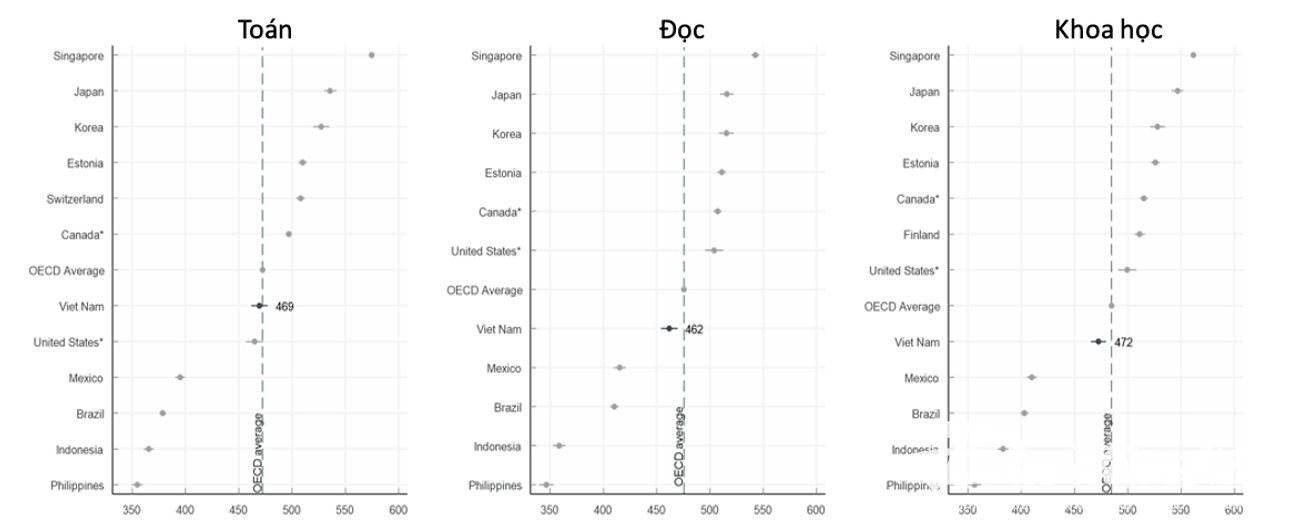
For Mathematics: Vietnam ranked 31/81 countries. The order of ASEAN countries is as follows: Singapore: 1/81; Brunei: 40/81, Malaysia: 40/81; Thailand: 58/81; Indonesia: 69/81; Philippines: 75/81; Cambodia: 81/81.
Science: Vietnam ranked 35th out of 81 countries.
Reading: Vietnamese students ranked 34th out of 81 countries.
Vietnamese students also have math scores among the highest when calculated according to the PISA index of socio-economic conditions.
The PISA index of socio-economic and cultural status is calculated so that all students who take the PISA test, regardless of their country of origin, can be placed on the same socio-economic scale. This means that the index can be used to compare the learning outcomes of students from similar socio-economic backgrounds in different countries.
Overall, higher education spending is associated with higher PISA math scores. However, Vietnam is a good example of students achieving high academic results despite modest spending on education.
Vietnam's spending per student from 6 to 15 years old is only about 13,800 USD while OECD countries/economies spend at 75,000 USD, but the average score in Mathematics of Vietnamese students is 438 points - one of the highest for students with similar socio-economic backgrounds.
About 13% of disadvantaged students in Vietnam achieve high scores in Mathematics (OECD average: 10%).
Vietnam's indicators are close to the average of 38 OECD countries.
According to the Department of Quality Management, the PISA 2022 survey focuses on Mathematics in addition to Reading and Science; creative thinking is a newly applied assessment area and Vietnamese students do not participate in the assessment of this content.
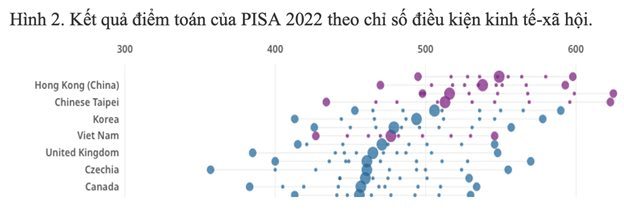
As a result, Vietnamese students scored close to the OECD average in Math, Reading and Science.
According to the OECD, in Vietnam, 72% of students achieve at least Level 2 in Mathematics (OECD average: 69%). About 5% of students in Vietnam are top performers in Mathematics, meaning they achieve Level 5 or 6 in the PISA Mathematics test (OECD average: 9%).
About 77% of students in Vietnam achieve Reading Level 2 or higher (OECD average: 74%). 1% of students achieve high achievement, scoring 5 or higher in reading (OECD average: 7%).
Around 79% of students in Vietnam achieve Level 2 or above in Science (OECD average: 76%). 2% of students achieve high levels in science, meaning they are proficient at Level 5 or 6 (OECD average: 7%).
The Department of Quality Management said that from the survey results published by OECD above, by comparing the results internationally, policymakers and educators in Vietnam can learn from the policies and practices of other countries.
The survey results also provide insight into how well the education system is preparing students for real-life challenges and future success.
The Programme for International Student Assessment (PISA) assesses 15-year-olds' knowledge and skills in mathematics, reading, and science. PISA tests explore how well students can solve complex problems, think critically, and communicate effectively.
Since Vietnam first participated in PISA in 2012, it has achieved many important results, comparing internationally and regionally and providing national educational analysis data.
This PISA test was originally scheduled to be conducted in 2021 but was delayed by a year due to the Covid-19 pandemic. Exceptional circumstances during this time, including school closures in many countries, made it difficult to collect some data.
Source



![[Photo] Opening of the World Cultural Festival in Hanoi](https://vphoto.vietnam.vn/thumb/1200x675/vietnam/resource/IMAGE/2025/10/10/1760113426728_ndo_br_lehoi-khaimac-jpg.webp)
![[Photo] General Secretary attends the parade to celebrate the 80th anniversary of the founding of the Korean Workers' Party](https://vphoto.vietnam.vn/thumb/1200x675/vietnam/resource/IMAGE/2025/10/11/1760150039564_vna-potal-tong-bi-thu-du-le-duyet-binh-ky-niem-80-nam-thanh-lap-dang-lao-dong-trieu-tien-8331994-jpg.webp)
![[Photo] Ho Chi Minh City is brilliant with flags and flowers on the eve of the 1st Party Congress, term 2025-2030](https://vphoto.vietnam.vn/thumb/1200x675/vietnam/resource/IMAGE/2025/10/10/1760102923219_ndo_br_thiet-ke-chua-co-ten-43-png.webp)









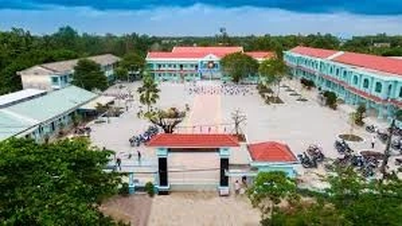









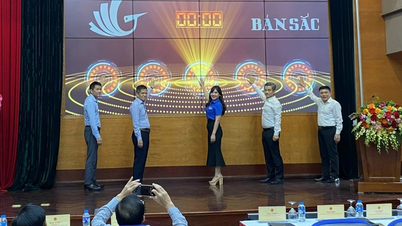






































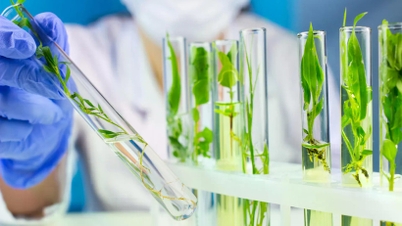
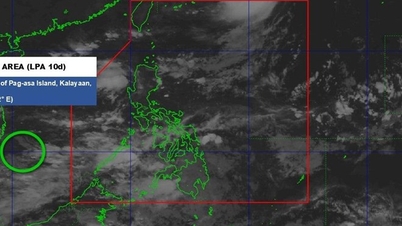


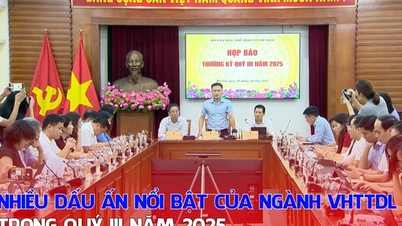

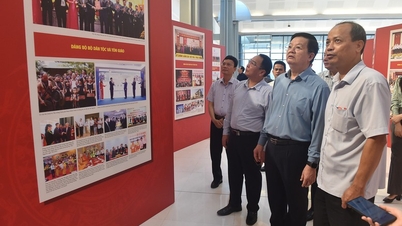


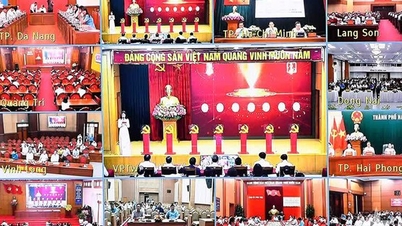



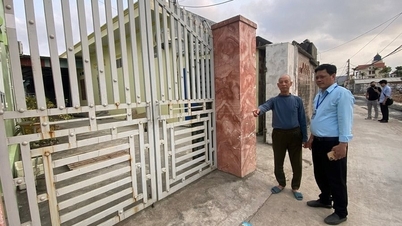
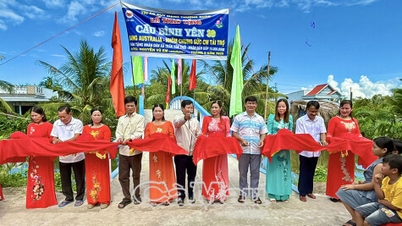

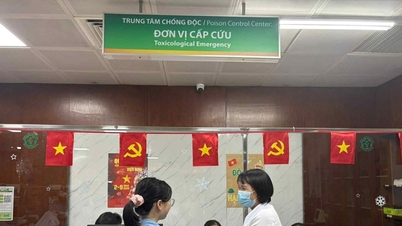

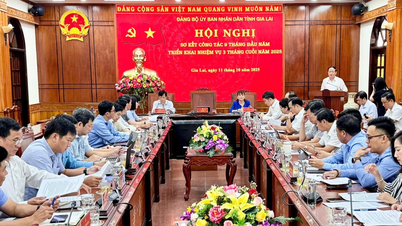

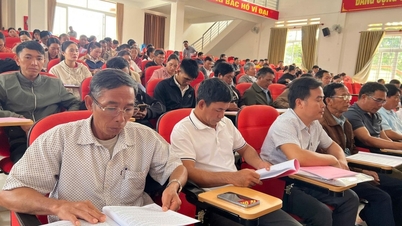

















Comment (0)